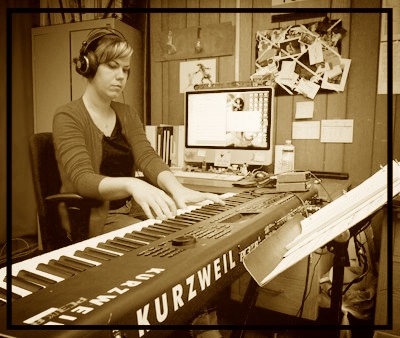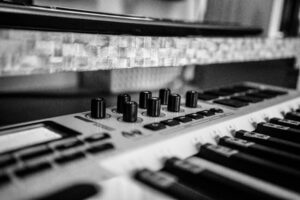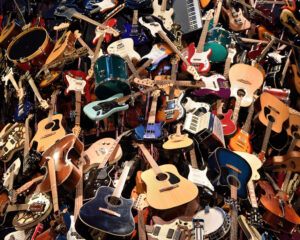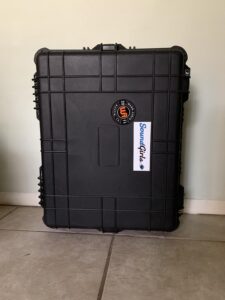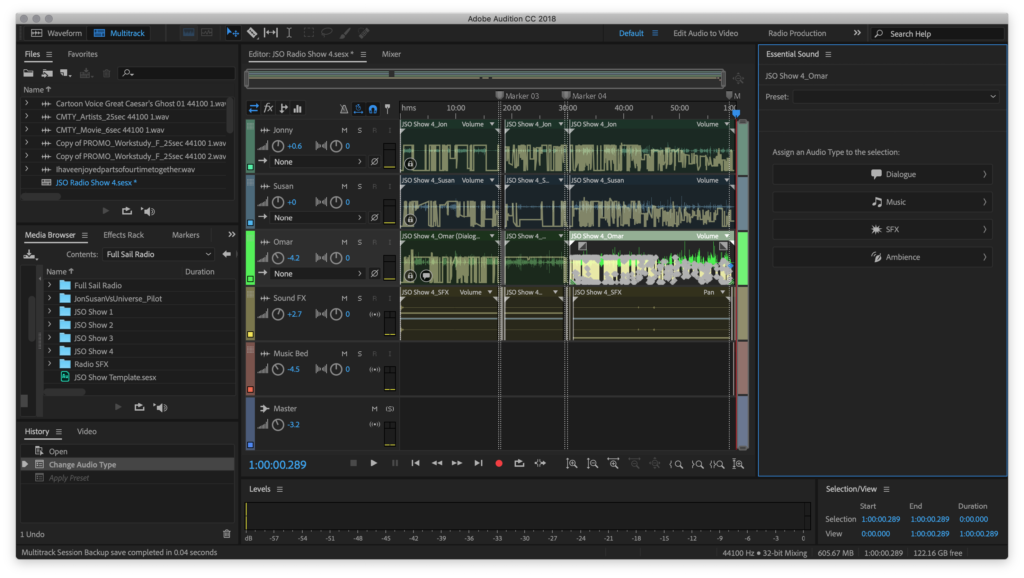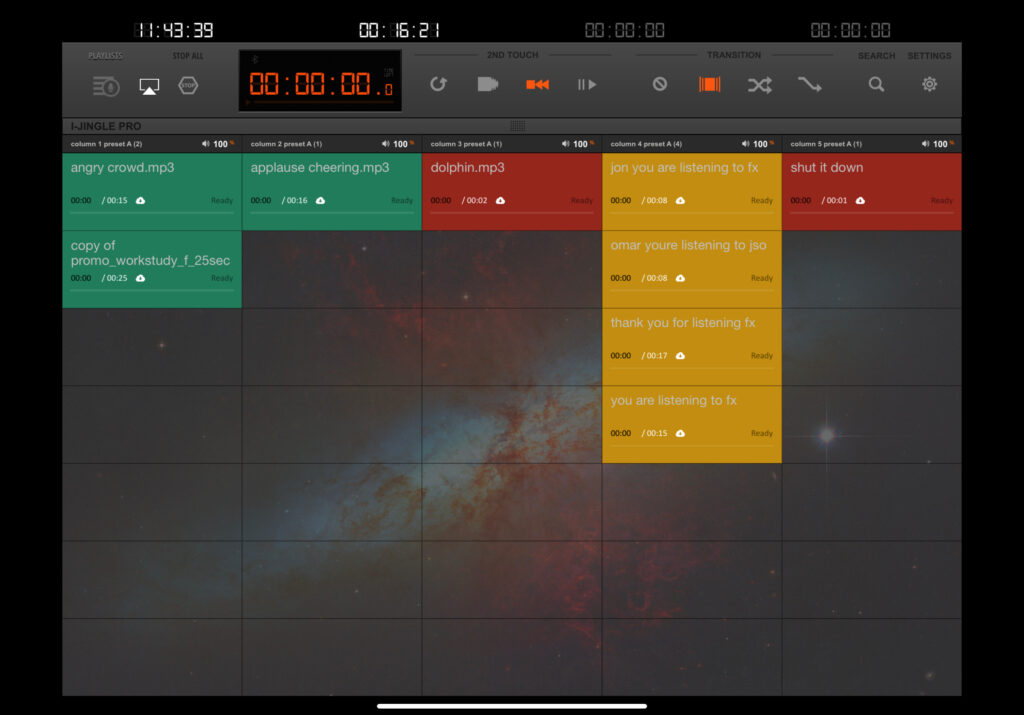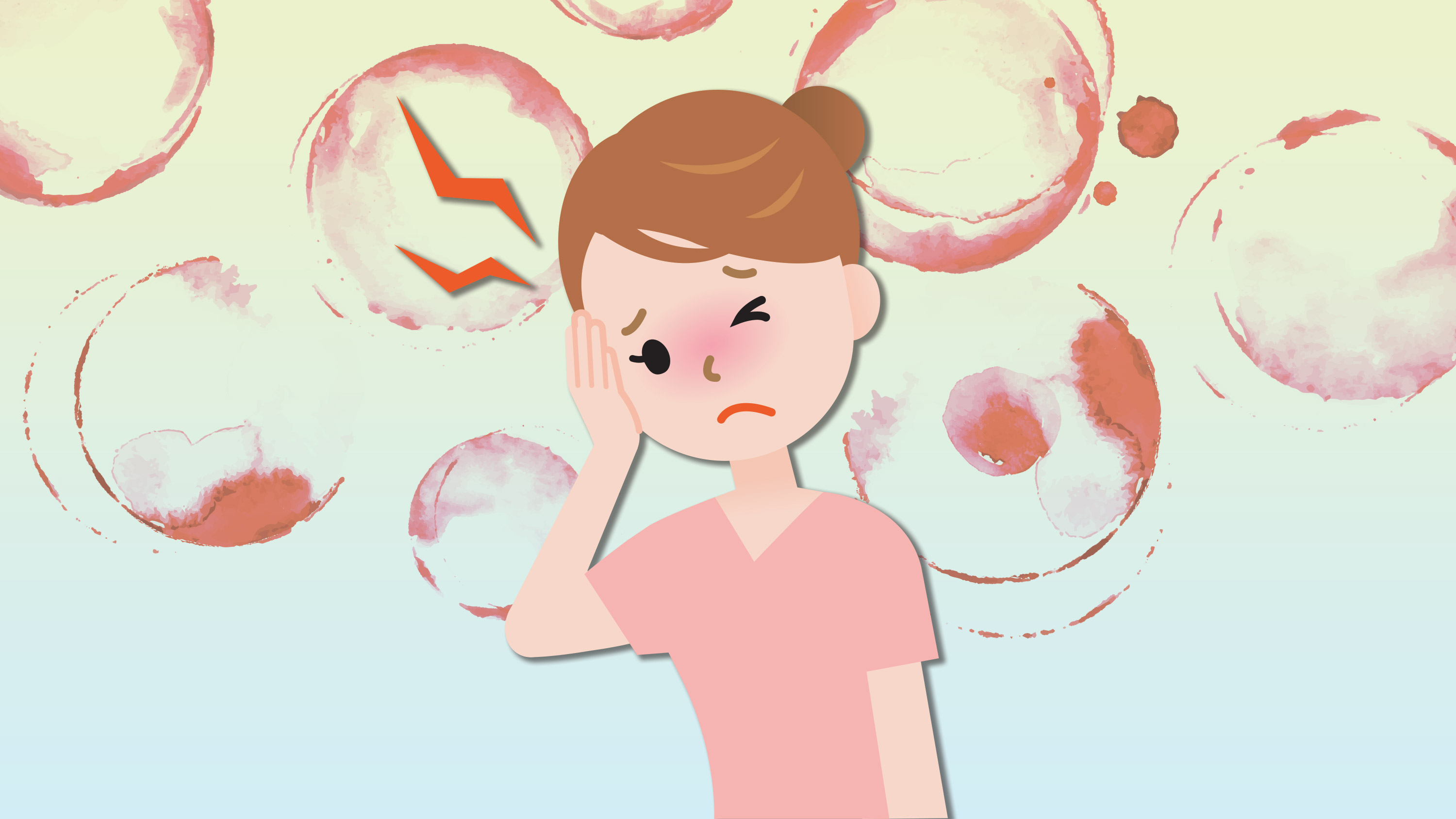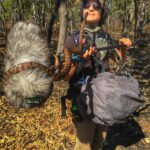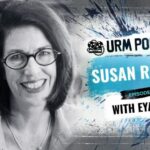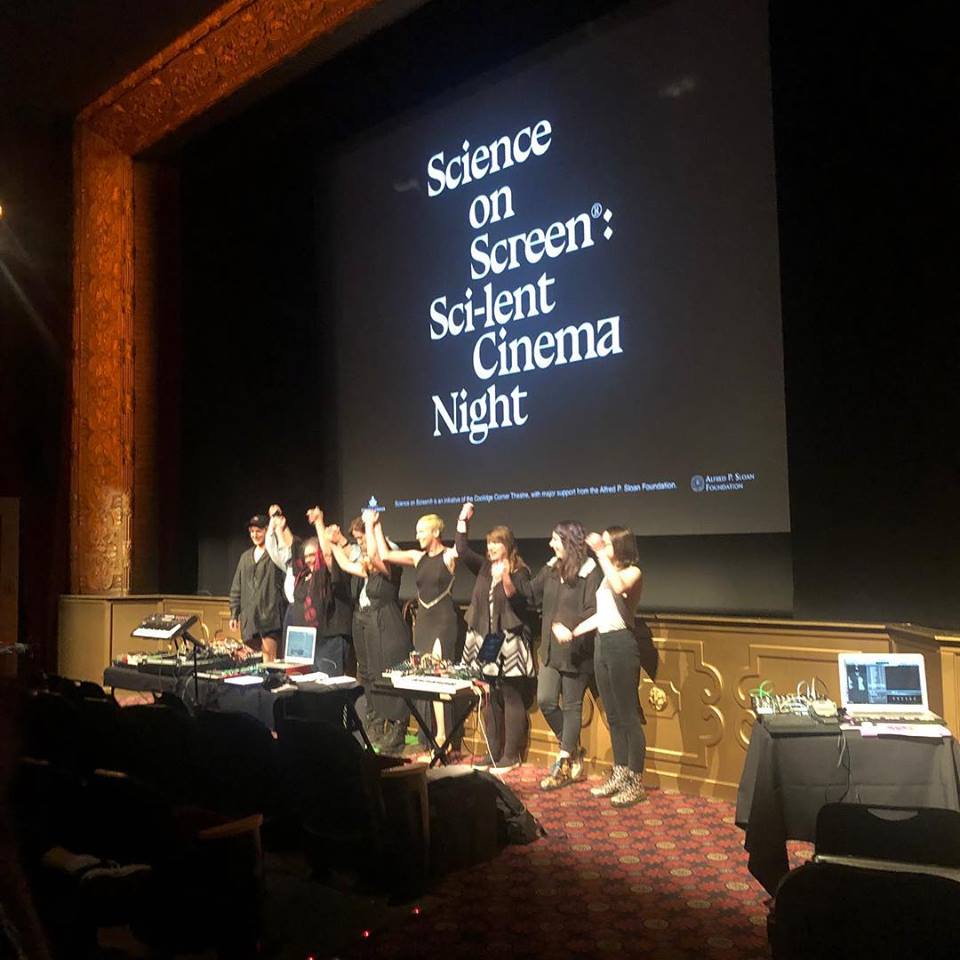 Hyasynth House is a Nashville-based electronic music collective for female, trans and non-binary creatives founded in 2018 by Jess Chambers and Eve Maret. The pair have been incredibly productive since the group’s inception, having hosted a wide variety of events like electronic music meet-ups, live shows, and even a live score accompaniment to classic silent films at the Belcourt Theatre in Nashville. Most of all, the group works hard to foster a community where female, trans, and non-binary artists have a readily accessible platform to express their talents as well as meet and learn from one another.
Hyasynth House is a Nashville-based electronic music collective for female, trans and non-binary creatives founded in 2018 by Jess Chambers and Eve Maret. The pair have been incredibly productive since the group’s inception, having hosted a wide variety of events like electronic music meet-ups, live shows, and even a live score accompaniment to classic silent films at the Belcourt Theatre in Nashville. Most of all, the group works hard to foster a community where female, trans, and non-binary artists have a readily accessible platform to express their talents as well as meet and learn from one another.
What inspired you both to start Hyasynth House?
Jess: I was playing shows around Nashville and found myself to be almost always the only female on the bill. The live electronic music scene at that time was mostly made up of cis-men. I was curious to see if I could help change this by reaching out to femme, non-binary and trans electronic artists and helping them get a functioning live setup so we could play shows together! I got excited about the idea of having regular meet-ups to discuss gear and creative process.
Eve: Like Jess, I too longed for a sense of community here in Nashville. Before Hyasynth House, I had considered moving away because I didn’t feel like I was connecting to many people creatively. I’ve always needed to be stimulated and inspired, to make meaningful connections to other artists, and to promote positive change through creative expression. With Hyasynth House, I envisioned a music scene that was more inclusive and diverse; one that centered around the notion of providing a platform for female, non-binary, and trans artists to freely express themselves and learn from each other. At its conception, Hyasynth House represented a microcosm of a healthy society.
Are there other collectives or groups out there that you’ve modeled Hyasynth House from or take examples from?
Jess: I’m very inspired by Discwoman. They’re a New York-based collective, booking agency, and event platform. They started as three friends putting on a 2-day festival featuring all their female friends who DJ and the response was so positive that they continued as an agency. They have used their success as a platform to be vocal about gender and racial discrimination issues within the electronic music industry.
Can you talk about your experience in the music community in Nashville and how Hyasynth House plays a role within it?
Jess: Our experience has generally been very positive. There is something special about femme, non-binary and trans artists hanging out and making things happen for ourselves. It feels powerful and beautiful, and it’s so much fun!
Hyasynth House works to bring together and uplift female, non-binary and trans creatives. We’ve held meet-ups where artists demonstrate their live setups and teamed up with local techno label Tram Planet to run a DJ workshop. We gathered artists to perform at high-profile events such as the Big Ears Festival 12 Hour drone and Science on Screen at The Belcourt Theatre. We’ve hosted shows for local and touring artists. We’ve been proactive in having conversations with local promoters about how we can collectively deal with harassers and curate safer and more diverse live shows across the entire underground/D.I.Y. scene.
What impact do you hope to have on the electronic community in Nashville and beyond?
Eve: We hope to see more gender and racial diversity in the music industry. I feel really grateful for the people I’ve met through Hyasynth House who have touched my life in a really beautiful way, and for the opportunity to bring people together and uplift one another. This ripple effect has the power to make a difference!
What work do you think in this realm is most important?
Eve: Having an all cis-male lineup at a show is not acceptable. Female, non-binary, and trans artists need to be given a platform to be creative. Giving marginalized people a safe space to be vulnerable and share their art is an absolute necessity, both for our individual healing and the healing of the community at large.
How are you tackling these issues?
Jess: Our meet-ups and workshops are exclusively for femme, non-binary and trans people at this time. We believe this is an ideal environment for our collective learning. That said, we are not policing anyone’s gender, and we won’t turn anyone away. We also prioritize calling in talent that is female, non-binary and trans when we have events, so we are directly giving opportunities to the marginalized groups we are focused on.
What challenges has Hyasynth House faced since founding? What kind of regional and local reactions have you received?
Eve: What’s challenged us most has been coping with the behavior of those who don’t understand our vision. Intentionally creating space for female, non-binary and trans artists in our community has sometimes touched a nerve, and certain people have had intensely negative reactions to what we do. It’s hard for them to accept that there’s no “one, right way” to building a diverse music scene. How we’ve chosen to navigate this work is our choice, and we’ve seen a lot of positive changes (individually and collectively) take place as a result. We’ve been offered a great deal of help, and people share their opinions freely with us. We strive to remain open and adaptable while standing by our values. Ultimately, we make decisions based off of what we believe is in the best interest of the people we advocate for. We’ve received a great deal of positive support both locally and across the nation in the form of articles, awards, and the blossoming of mutually beneficial creative relationships.
Can you talk about the artists you have worked with so far with Hyasynth House?
Eve: We’ve been really lucky to showcase the work of amazing artists from Nashville and across the country. Linda Heck, Amaryah Shaye, Erika Glück, Annalyse Clark, Belly Full Of Stars, Adrienne Franke, are a few local artists who’ve been involved in our workshops and shows. Tessa♡ (Cassie Lopez and Edie Babs), Pearl Crush, and Precious Child are non-local artists we’ve had perform at our events.
Favorite piece of gear in your arsenal?
Jess: Roland SE-02 synthesizer
Eve: Ableton Push 2
Best piece of advice you’ve received for your music career?
Eve: Once, at work, a customer came in with a shirt that said, “Quit work. Play music.”
Jess: This from Discwoman Co-Founder Frankie Decaiza Hutchinson… (not directly to me, but really valuable advice) ”Don’t compete. Try and focus on yourself. People are always going to look like they’re doing cooler shit than you. It’s really just a big distraction and I see that a lot. I know we all experience jealousy and these kinds of feelings….don’t compare yourself to other people.”
Advice you have for other artists?
Eve: Follow your heart! You can do anything you can imagine, just stay true to yourself.
Jess: Aim to touch people’s hearts. Making music isn’t about being clever; it’s about sharing something real. If someone feels it first rather than deconstructs it intellectually, then you’ve tapped into the power of music and art.
What do you have coming up that you’re excited about?
Eve: I’m moving to California in August, and Jess and I are exploring what form Hyasynth House will take once I’m out West. We will continue to expand, connect people and ideas, and host events. I’m most excited about inviting more people to have a hand in coordinating events. We want those who are touched by Hyasynth House to feel welcome to use it as a resource to manifest their creative visions. Reach out to us!
-
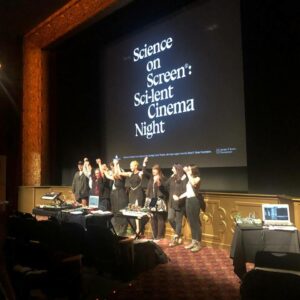
-
Science on Screen live score event.
-
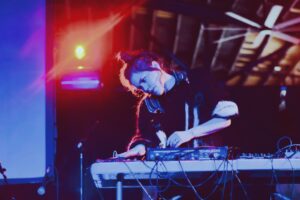
-
Dream Chambers
-
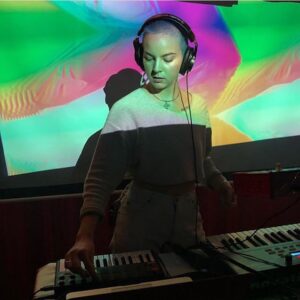
www.instagram.com/hyasynth_house
www.facebook.com/hyasynthhousetn
Jess Chambers aka Dream Chambers
www.instagram.com/dreamchambers
www.facebook.com/dreamchambers
Eve Maret
www.instagram.com/evemaret
www.facebook.com/evemaretmusic




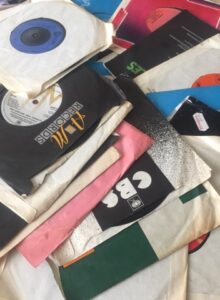


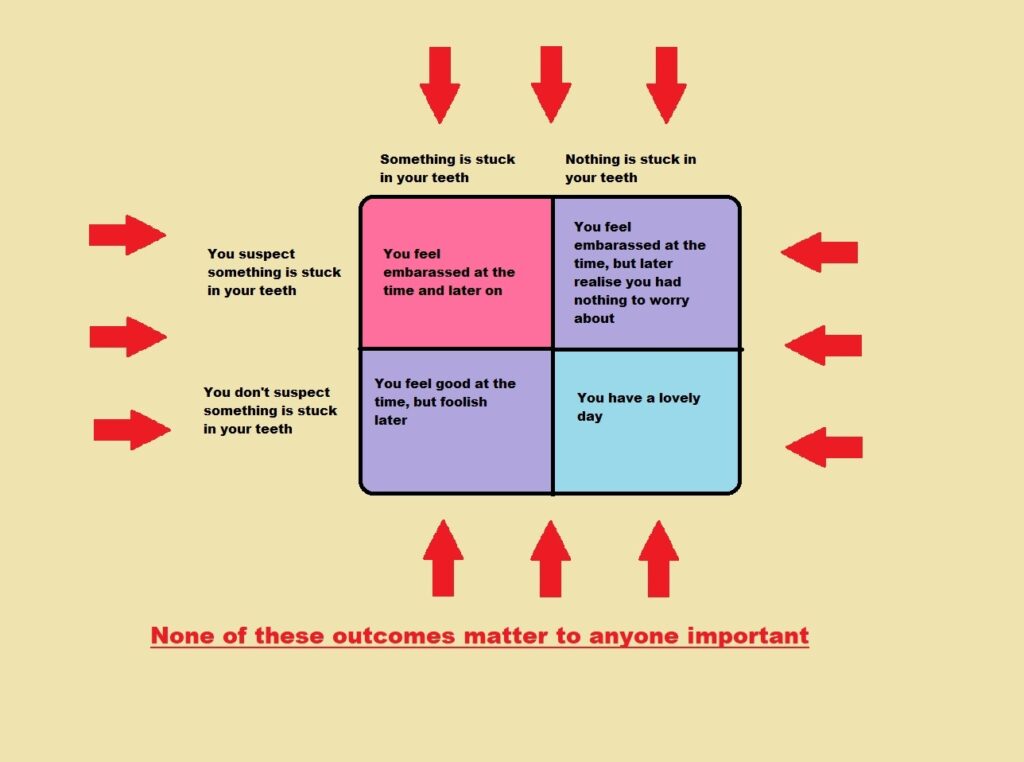

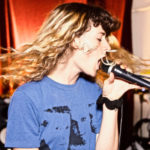
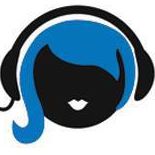
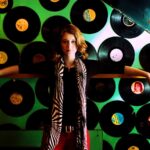
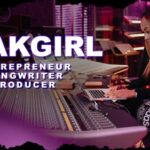
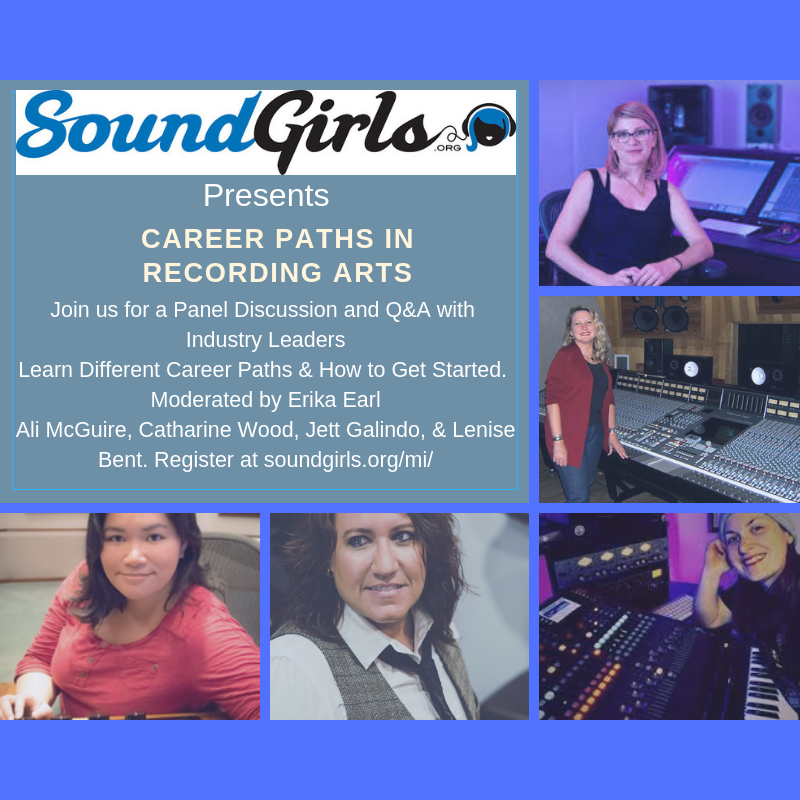 Register For Career Paths in Recording Arts
Register For Career Paths in Recording Arts